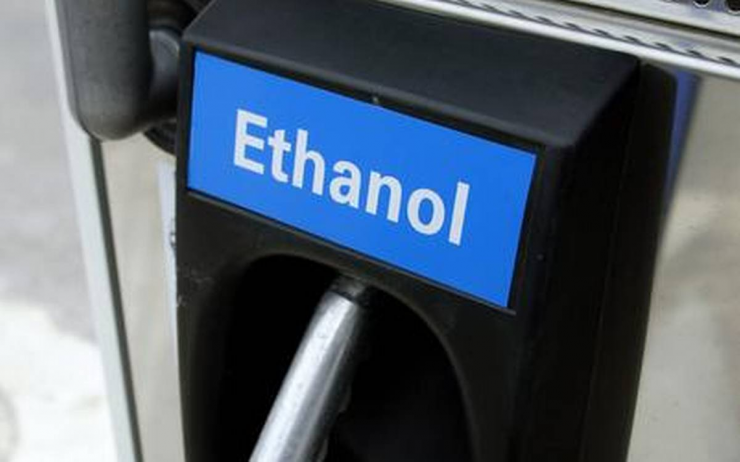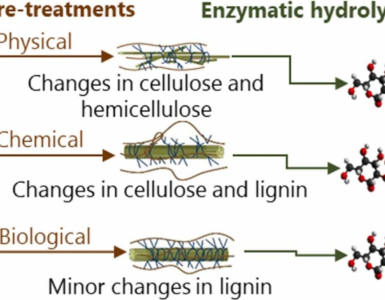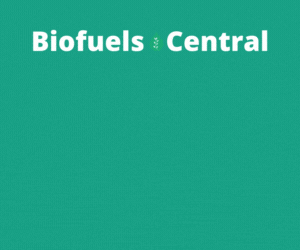Blended ethanol has a 43.4 g/MJ carbon intensity rating or lower when accounting for aromatics reduction.
Two studies conducted by Transport Energy Strategies (TES) and THiggins Energy Consulting show that gasoline blended with ethanol lowers carbon intensity (CI) even more than what is modeled and what is shown in recent studies.
A key finding in both studies is that blended ethanol not only displaces some of the gasoline but enables a reduction of aromatics in all of the gasoline in the blend. Aromatics have a high CI, and their reduction further decreases the GHG impact of the E10. This advantageous blending attribute is due to ethanol’s high octane rating and has been neglected in prior literature.
Tammy Klein, founder and CEO of Transport Energy Strategies and a member of the study team.
🔥 What about we co-host a webinar? Let's educate, captivate, and convert the biofuels economy!
Biofuels Central is the global go-to online magazine for the biofuel market, we can help you host impactful webinars that become a global reference on your topic and are an evergreen source of leads. Click here to request more details
For years, the ethanol industry has touted the value of displacing aromatics with ethanol from an air pollution and public health standpoint, but no one has, to our team’s knowledge, ever considered what displacement might mean for carbon intensity and for reducing GHG emissions.
“Our findings break new ground.”
GREET assessments, along with a study for the US Department of Agriculture and the current values used by the California Air Resources Board, yield an average CI for ethanol that is 40.4% below the value for petroleum gasoline. A recent study led by Harvard presents a deeper reduction. Using the 40.4% ethanol advantage, and assuming a CI of 93 g/MJ for gasoline, the CI of ethanol is estimated at 55.5 g/MJ.
Displacement of petroleum gasoline to form E10 offers direct benefits from the low CI of the ethanol. In Well-to-Wheels Carbon Intensity for Ethanol Blended Fuels, the TES study team found that when both direct displacement and reduction of aromatics in the blend are attributed to ethanol as the enabling additive, a “reduced blending CI” (BCI) of 43.4 g/MJ is found for ethanol when it is used in E10.
Similarly, for anticipated market blending, the BCI for E20 is 44.8 g/MJ, a greater reduction than the 55.5 g/MJ from unblended ethanol. If the 52.4 g/MJ CI for unblended ethanol from the GREET estimate alone is used, the BCI for ethanol in E10 is about 40 g/MJ.
Refinery modeling, economic considerations, availability of feedstocks and examination of gasoline properties supported the conclusion in Quantifying Ethanol CI Benefits in Gasoline Composition that as ethanol is blended into gasoline, so aromatics are reduced to maintain a constant octane rating.
Terry Higgins, president of THiggins Energy Consulting.
The primary refinery option for lower octane is through lower severity or throughput for the gasoline reformer.
“This, in turn, reduces both gasoline aromatic content and carbon intensity. When blended in gasoline, ethanol offers higher GHG benefits than well to wheels studies recognize for pure ethanol.”
Highlight:
- Study breaks new ground in assessing ethanol’s blending carbon intensity
READ the latest news shaping the biofuels market at Biofuels Central
Blended Ethanol Has a 43.4 g/MJ Carbon Intensity Rating or Lower When Accounting for Aromatics Reduction, NAPLES, Fla., September 29, 2021








